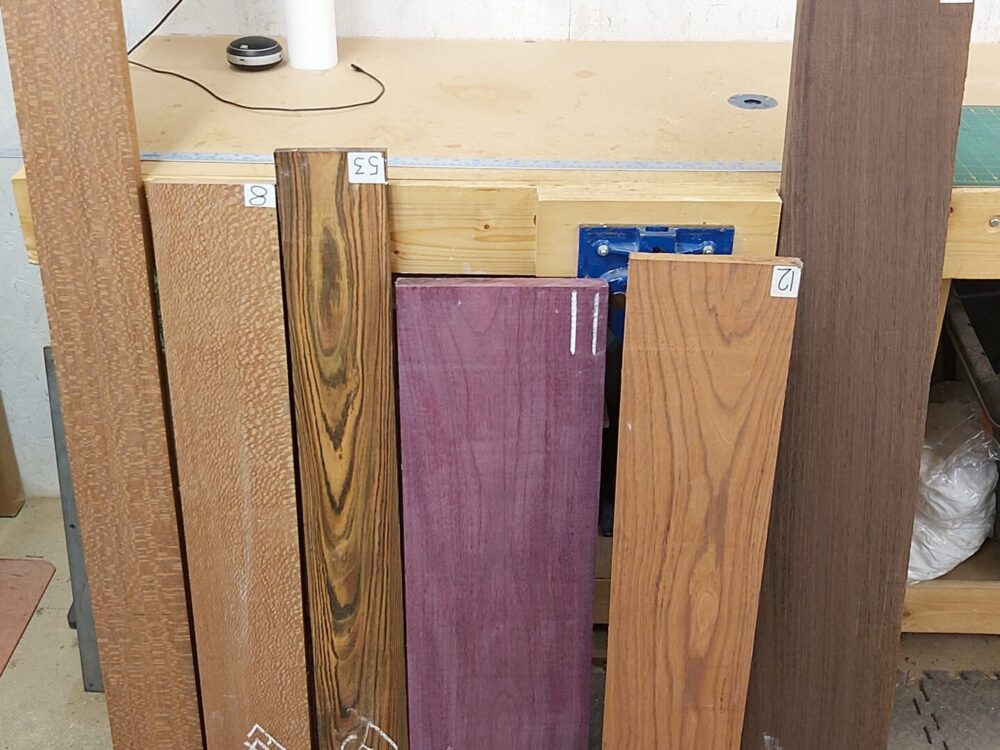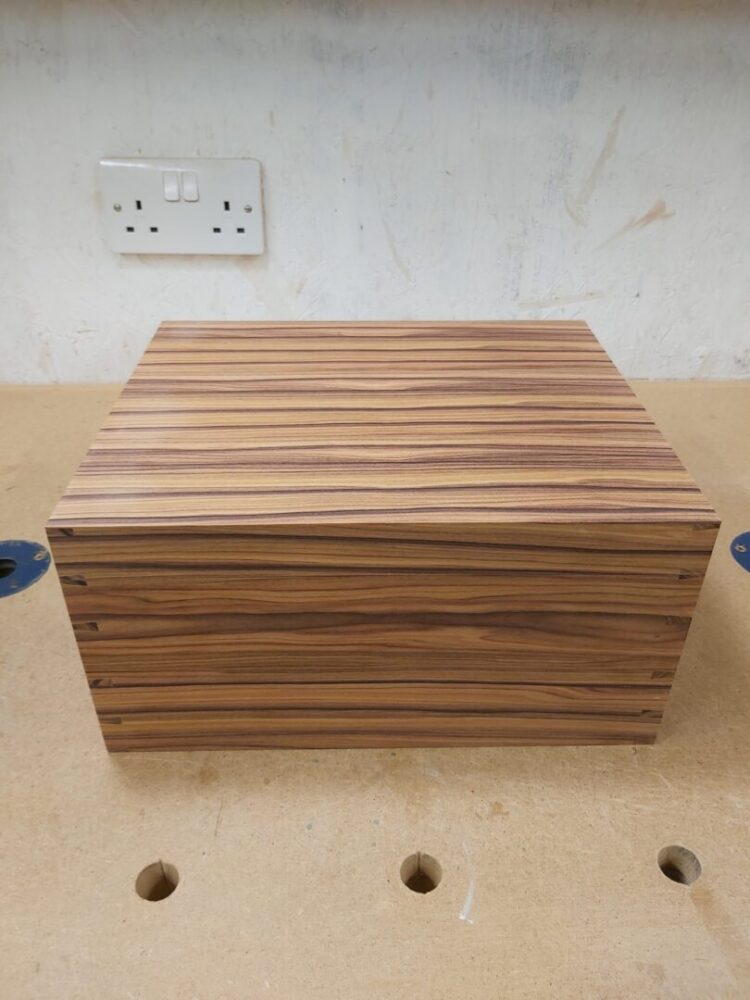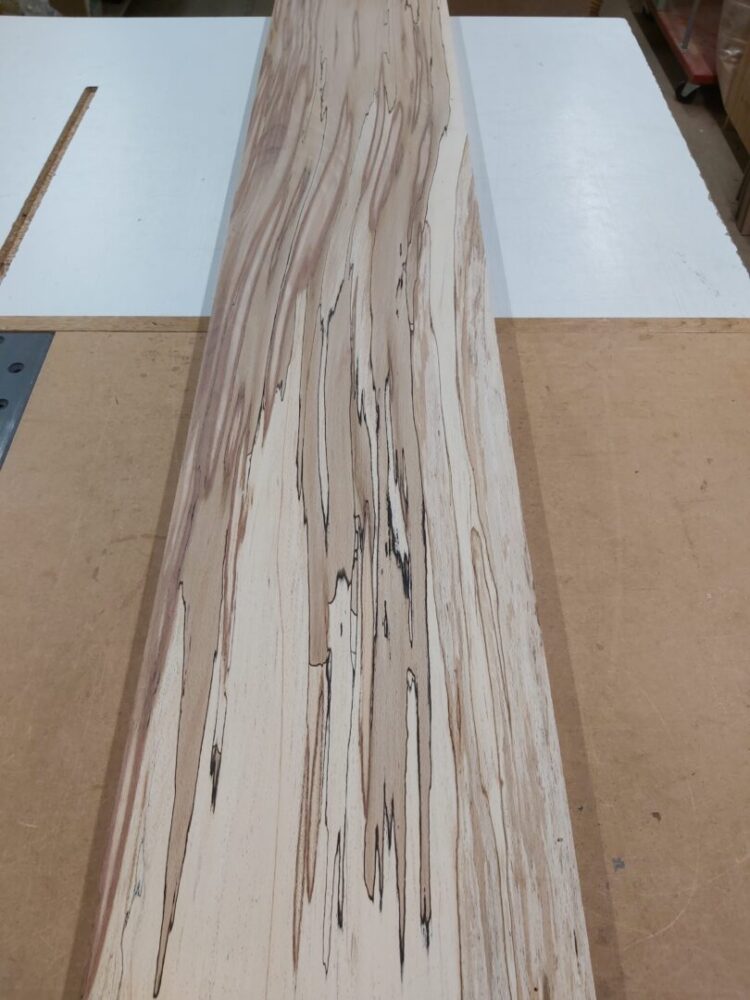Beyond the Beautiful Grain: Understanding CITES Certification in Timber and Furniture

In an era of increasing environmental consciousness, the choices we make as consumers and businesses carry more weight than ever. This is particularly true in industries that rely heavily on the natural world, such as forestry, timber, and the creation of fine furniture. When you look at an exquisite piece of furniture, a stunning wooden sculpture, or a meticulously crafted jewellery or watch box, have you ever stopped to consider its journey from forest to finished product? Increasingly, that journey is governed by a critical international agreement: the Convention on International Trade in Endangered Species of Wild Fauna and Flora, or CITES.
What is CITES and Why Does it matter?
CITES is a multilateral treaty designed to ensure that international trade in wild animals and plants does not threaten their survival. While it’s often associated with exotic animals, it plays a vital and growing role in regulating the trade of wood, especially tropical hardwood species.
The international trade in certain woods has a significant environmental impact. Unregulated logging, driven by high global demand for rare and beautiful materials, has pushed numerous tree species towards the brink of extinction. CITES addresses this by listing vulnerable species across three Appendices, each affording a different level of protection:
- Appendix I: Species most threatened with extinction. Commercial international trade is generally prohibited.
- Appendix II: Species not currently threatened with extinction but which may become so unless trade is strictly controlled. Trade requires a permit to ensure it’s not detrimental to the species’ survival.
- Appendix III: Species protected in at least one country, which has asked other CITES Parties for assistance in controlling trade.
For the timber trade, CITES certification means that authorities in the country of origin have confirmed that the wood was legally acquired and that its harvest is not harmful to the wild population—a concept known as a Non-Detriment Finding (NDF).
The UK Trade in Exotic Timber and High-End Furniture
For British businesses involved in importing and using exotic timber—from major furniture manufacturers to specialist artisans in box making—compliance with CITES is non-negotiable. The UK’s commitment to tackling illegal logging is robust, with domestic regulations (like the UK Timber Regulation) complementing CITES controls.
Many coveted hardwoods, such as specific species of Rosewood (Dalbergia) or African Mahogany (Khaya spp.), are now listed under CITES Appendix II. This means that any international shipment of logs, sawn timber, veneer, or even finished products containing a regulated amount of the wood, must be accompanied by the correct CITES permits.
For a workshop producing high-end furniture or luxury small items, this process adds an essential layer of administrative complexity. It requires meticulous record-keeping, from the point of harvest (or import) right through to the sale of the final piece. A buyer of a bespoke cabinet or a delicate presentation box must be assured that the stunning wood they admire is sustainably sourced and legally compliant.
The Consumer’s Role in a Sustainable Future
This regulatory framework isn’t just an administrative hurdle; it’s a vital safeguard for the world’s forests. As consumers, our purchasing decisions have a direct effect on the global timber market. Choosing to buy furniture or wooden goods from suppliers who can demonstrate full compliance, either through CITES permits or through additional certifications like FSC (Forest Stewardship Council), is an act of responsible consumerism.
The presence of CITES listings is a stark reminder of the massive pressure certain tree species face. The beautiful dark grains and incredible durability of tropical hardwood are often a direct result of the slow growth that makes them so vulnerable to over-exploitation. By enforcing CITES, the international community is trying to strike a balance: allowing legal, sustainable trade to continue supporting livelihoods, while preventing trade that damages the fundamental biodiversity of our planet’s most valuable forests.
Ultimately, CITES certification is about more than a stamp on a piece of paperwork; it’s a commitment to transparency, legality, and a future where our appreciation for natural beauty doesn’t come at the cost of the Earth’s wild flora. When you invest in a piece of fine craftsmanship, you’re not just buying a product, you’re buying into a responsible supply chain—a story of wood that’s been sourced with respect for its origins and for the future of the forests it came from.


